This Japanese concrete house has been sculpted to perfection
Sculpt, by Hyogo-based architecture studio Maniera, is a Japanese house carved out of sculptural concrete
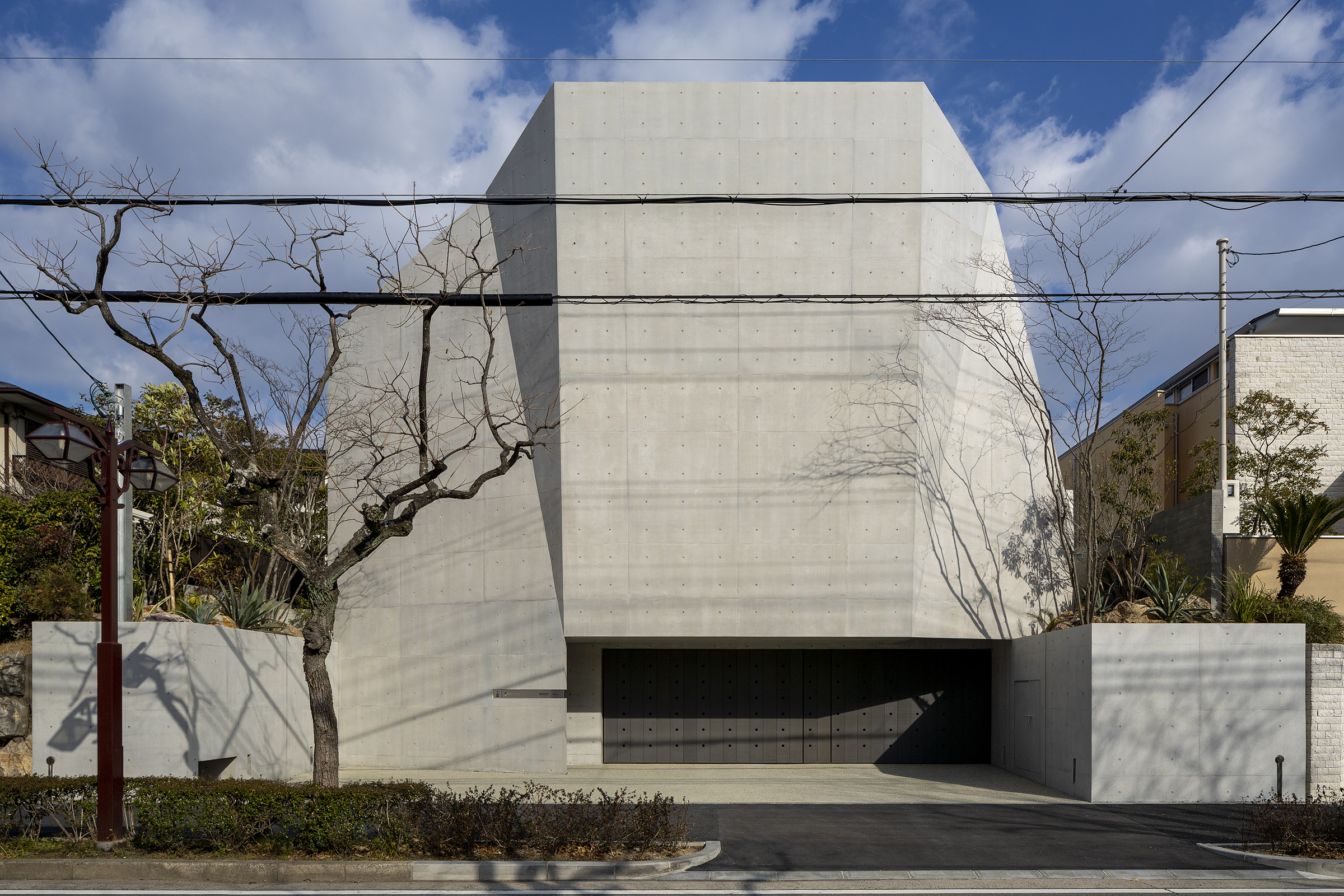
Yasunori Shimomura - Photography
The highly sculpted front façade of Sculpt – a Japanese concrete house in Ashiya, designed by Hyogo-based architecture studio Maniera – is not the result of an arbitrary gesture or architectural flight of fancy. Instead, the home’s elegant frontage was carved so that it accommodates existing plant life on the site, and in particular, a mature tree growing right outside the plot, just off the street. At the same time, Sculpt's seemingly enclosed, dramatic volume belies the open, flowing spaces inside, protecting the owners’ privacy.
Upon entering through the front gate and that opaque exterior, visitors encounter a light, floating staircase that hints at the cleverly layered nature of the house, which is spread across different levels. ‘Inspired by architect Carlo Scarpa, we want to challenge the use of concrete to make complex three-dimensional shapes,’ explains the architecture team, consisting of practice heads Kazuo Oe, Terumi Oe and Taisuke Oe, and project architect Shunsei Fujimura. This staircase leads straight up to the first level, where the home’s main living areas are located, orientated towards views of nearby Mount Rokko. Spaces throughout are arranged around four concrete columns that set a cross-shaped floorplan.
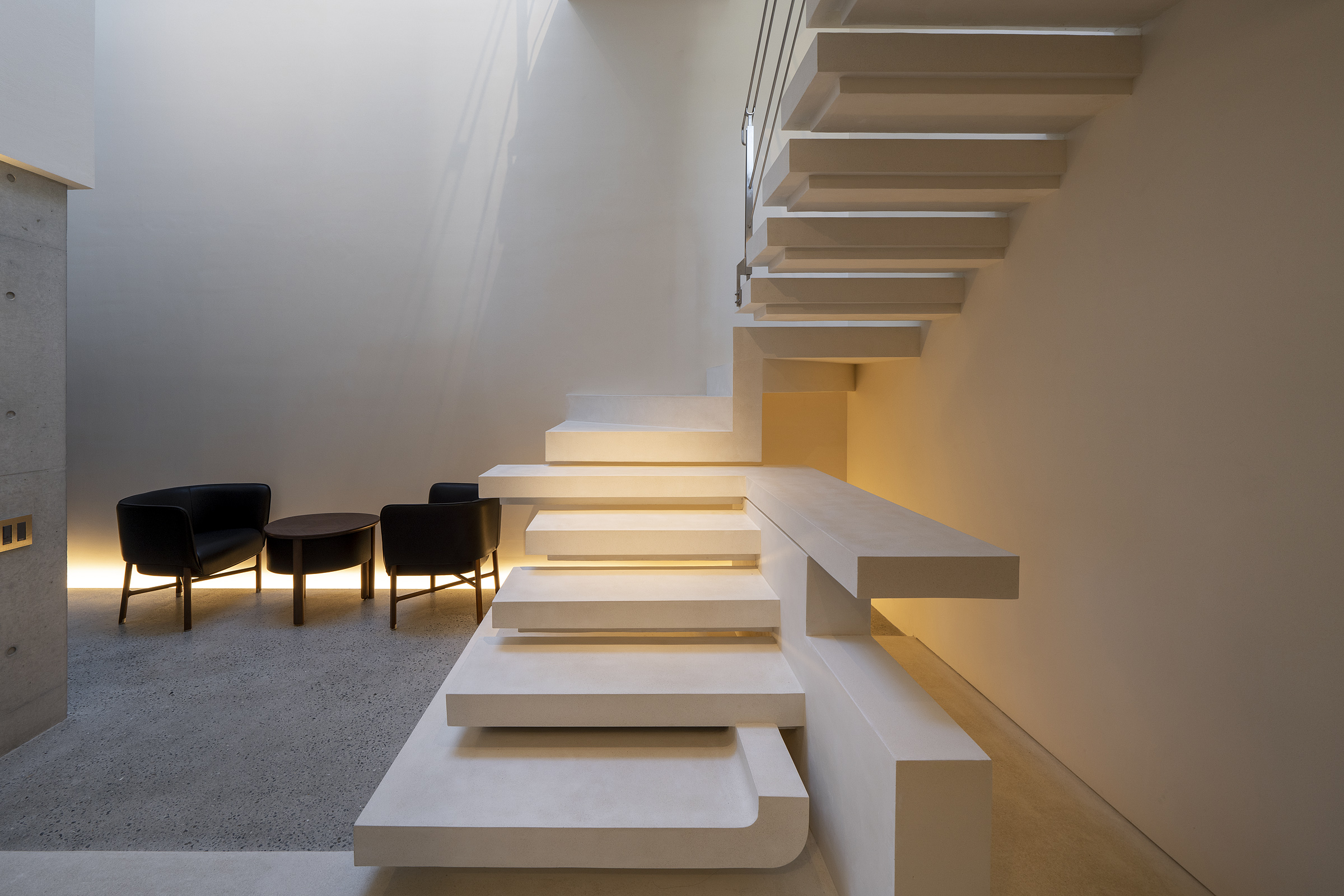
A second level contains bedrooms, and from every space, the residents can feel connected to nature, either through views of the mountains in the distance, or through planted areas and terraces. This part of the home feels more intimate and was designed to be ‘quieter’, through the use of oak and other natural materials and colours – contrasting with the more sleek, contemporary atmosphere of the social areas below. Still, just as below, views through parts of the house and outwards allow the gaze to travel and create a feeling of spaciousness.
Maniera is a studio well accustomed to tackling residential design challenges in urban environments, having made its name through a growing portfolio of carefully handled, beautifully designed Japanese houses across the wider region around Hyogo and Osaka.
Perhaps the space that sits closest to the heart of its authors, the architects reveal, is the lower-ground level’s bar. A room conceived for entertaining, this is a more exuberant interior composed of a bar counter made of oxidized copper, antique bricks, velvet curtains, neon lights and dark mirrors. The effect evokes a 1970s style, the architects explain, producing a fun counterpoint to the calming domestic spaces above.
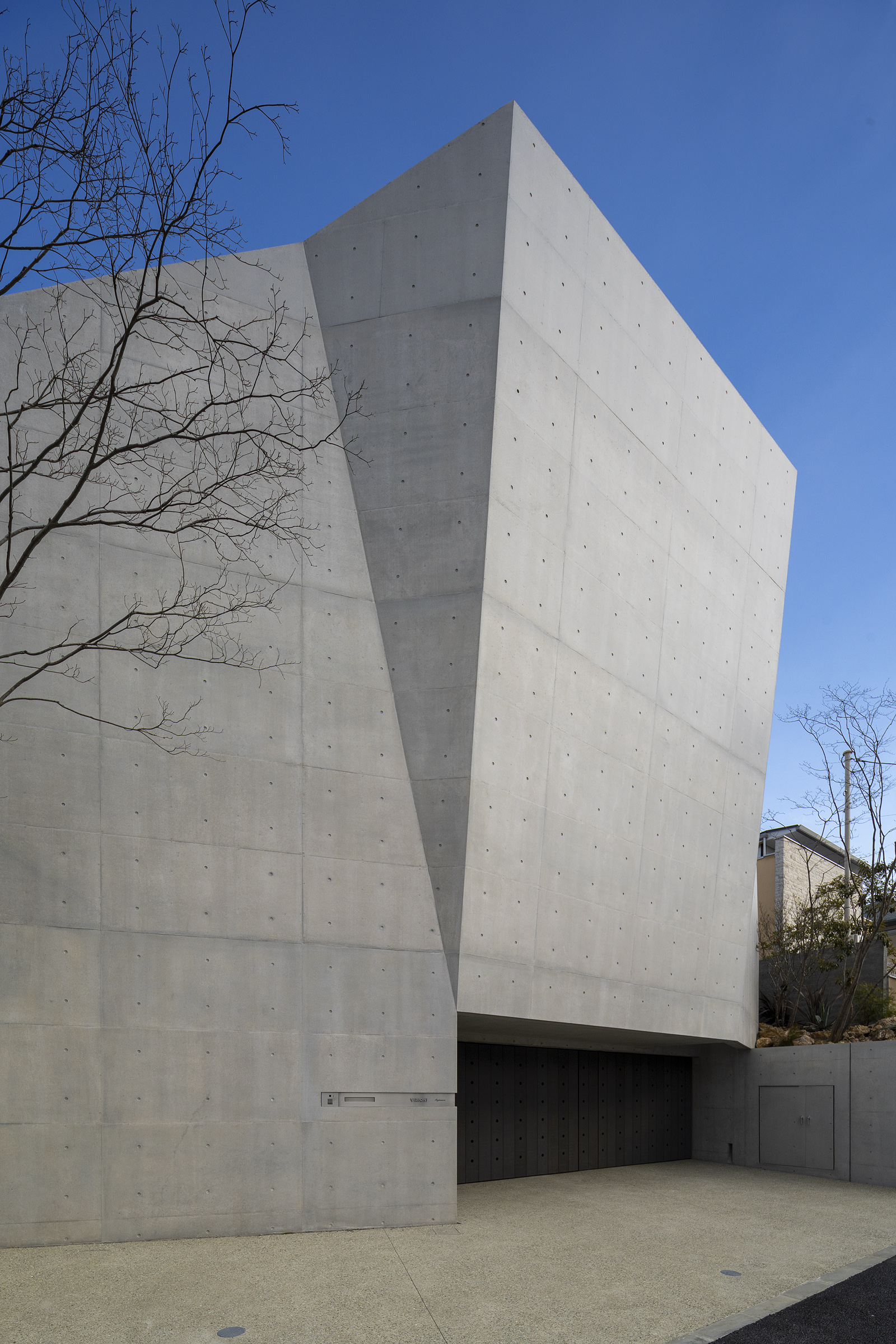
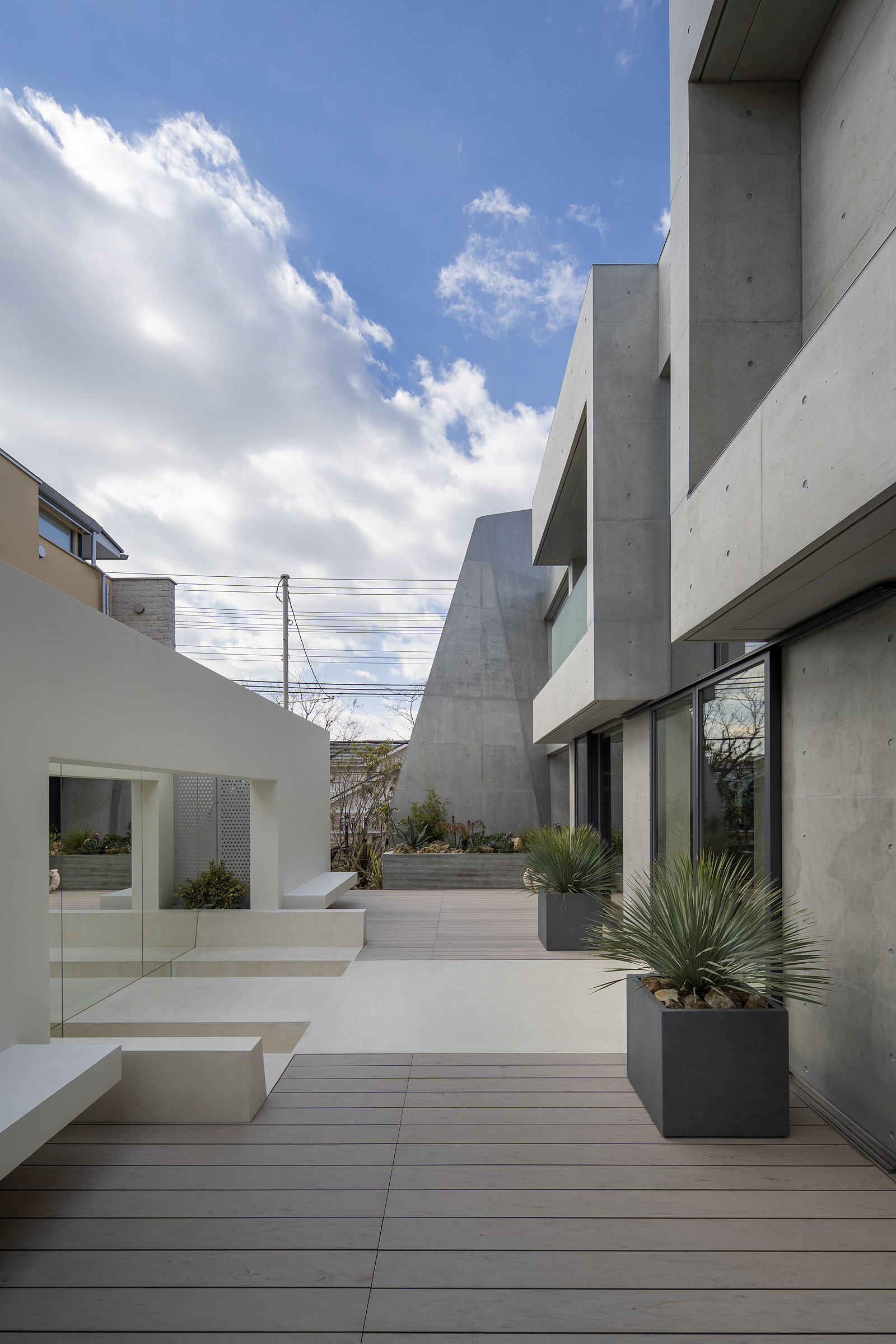
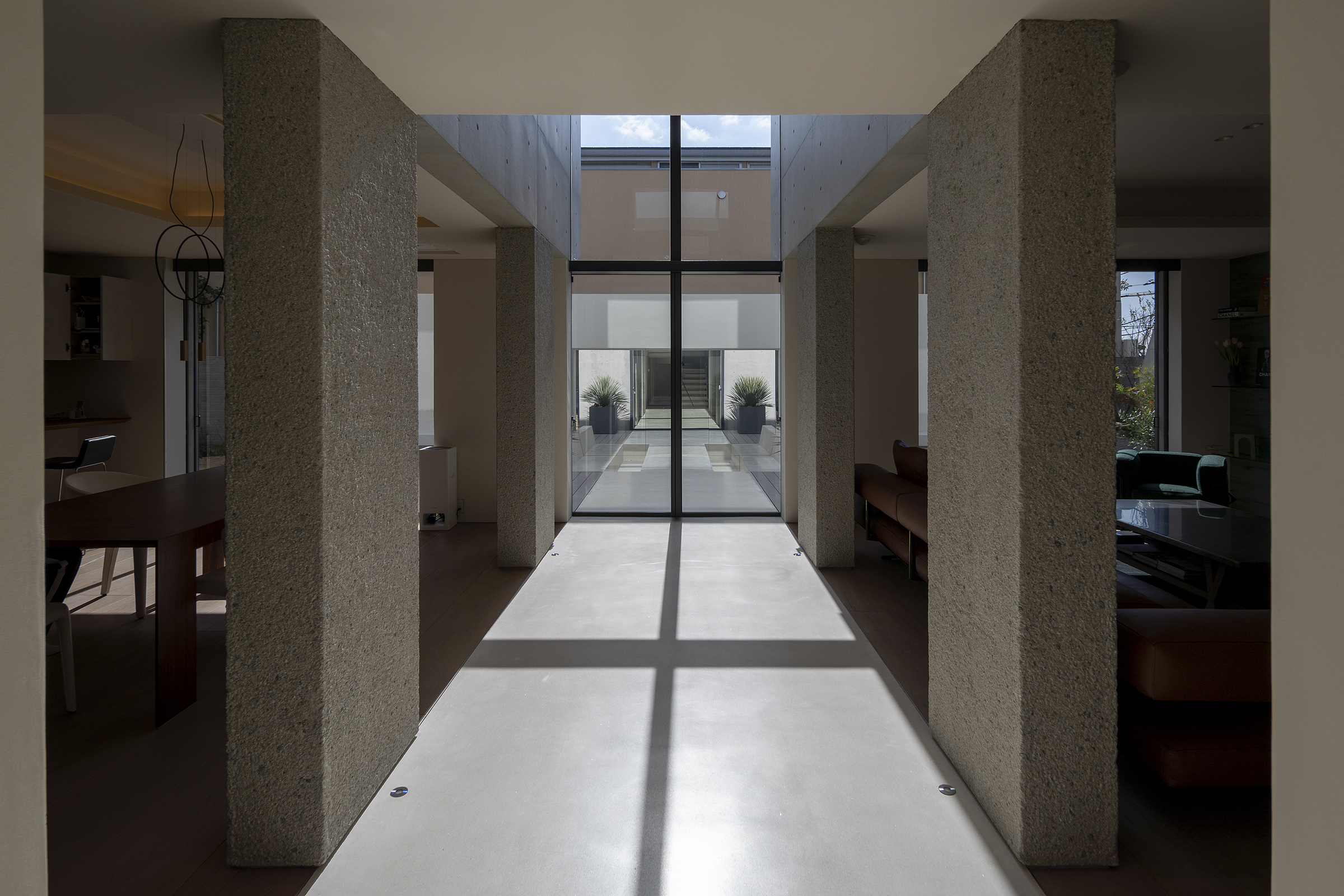
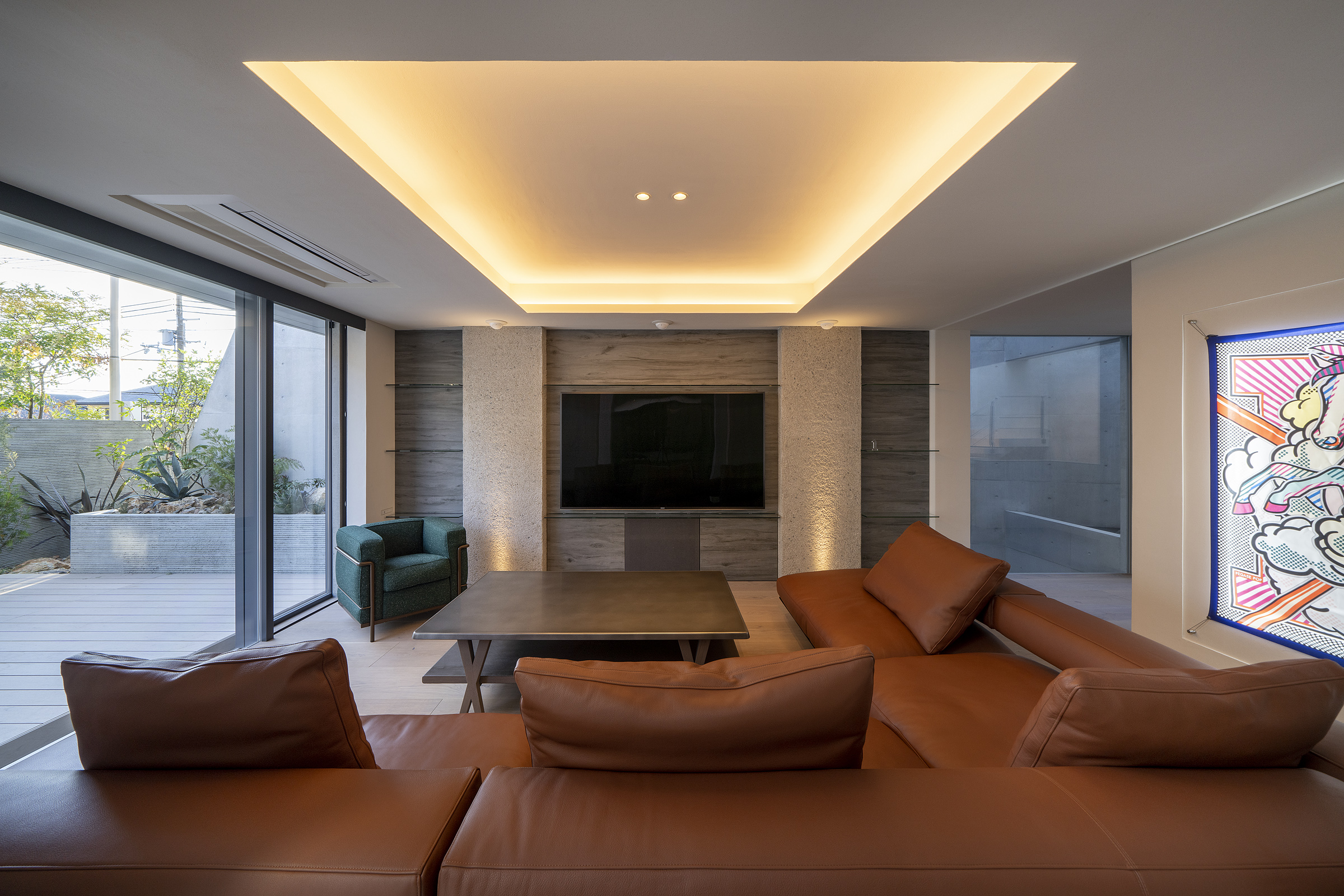
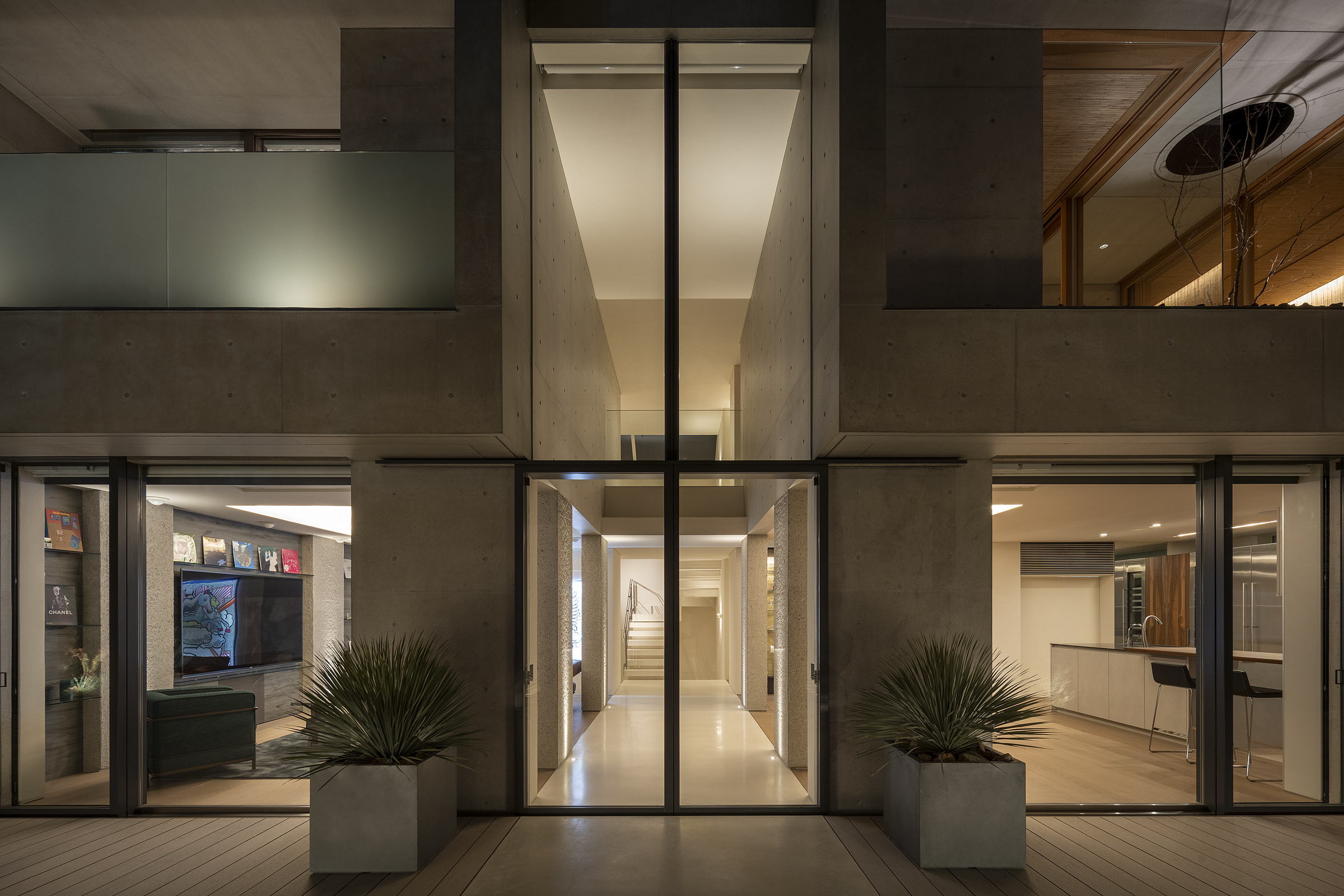
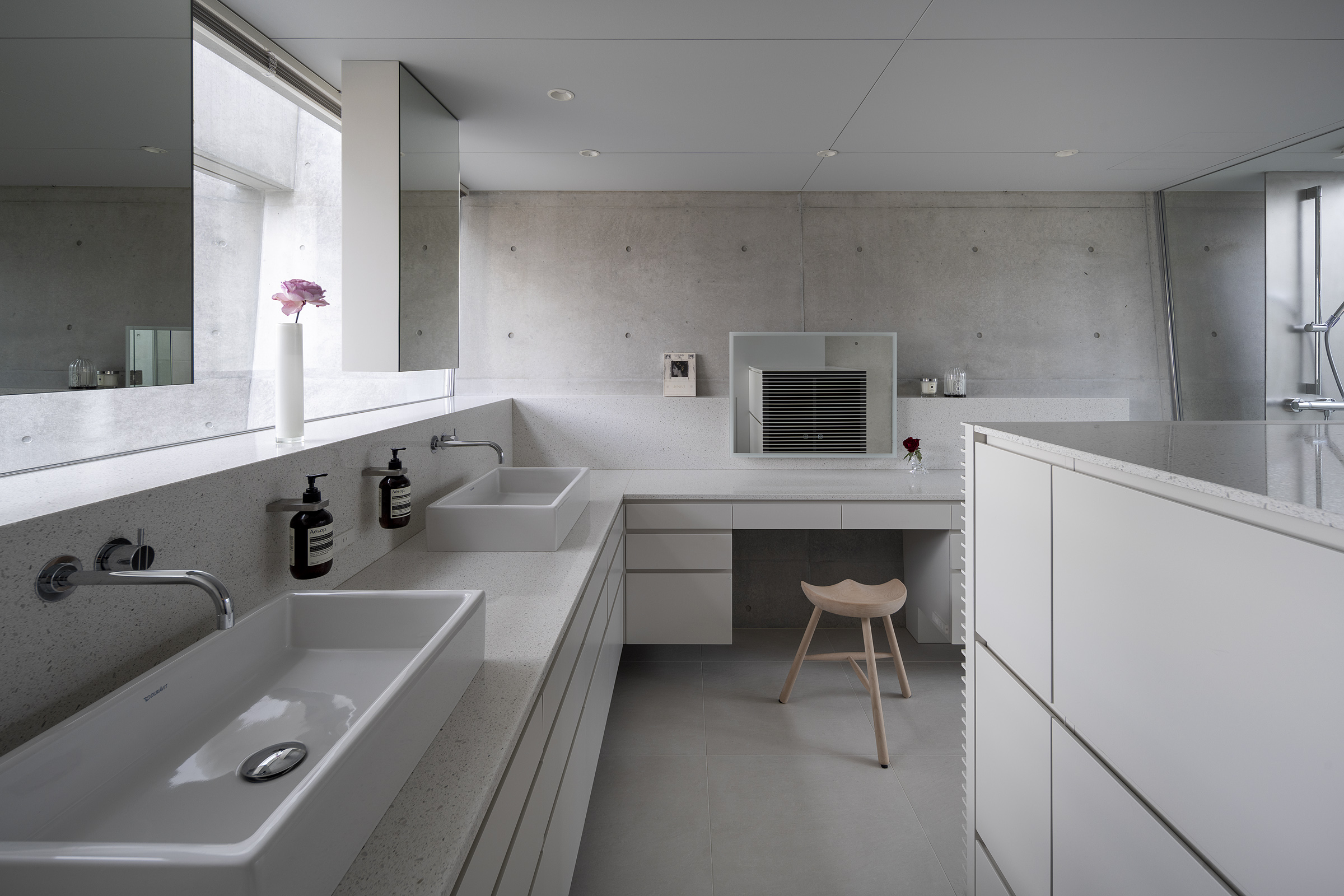
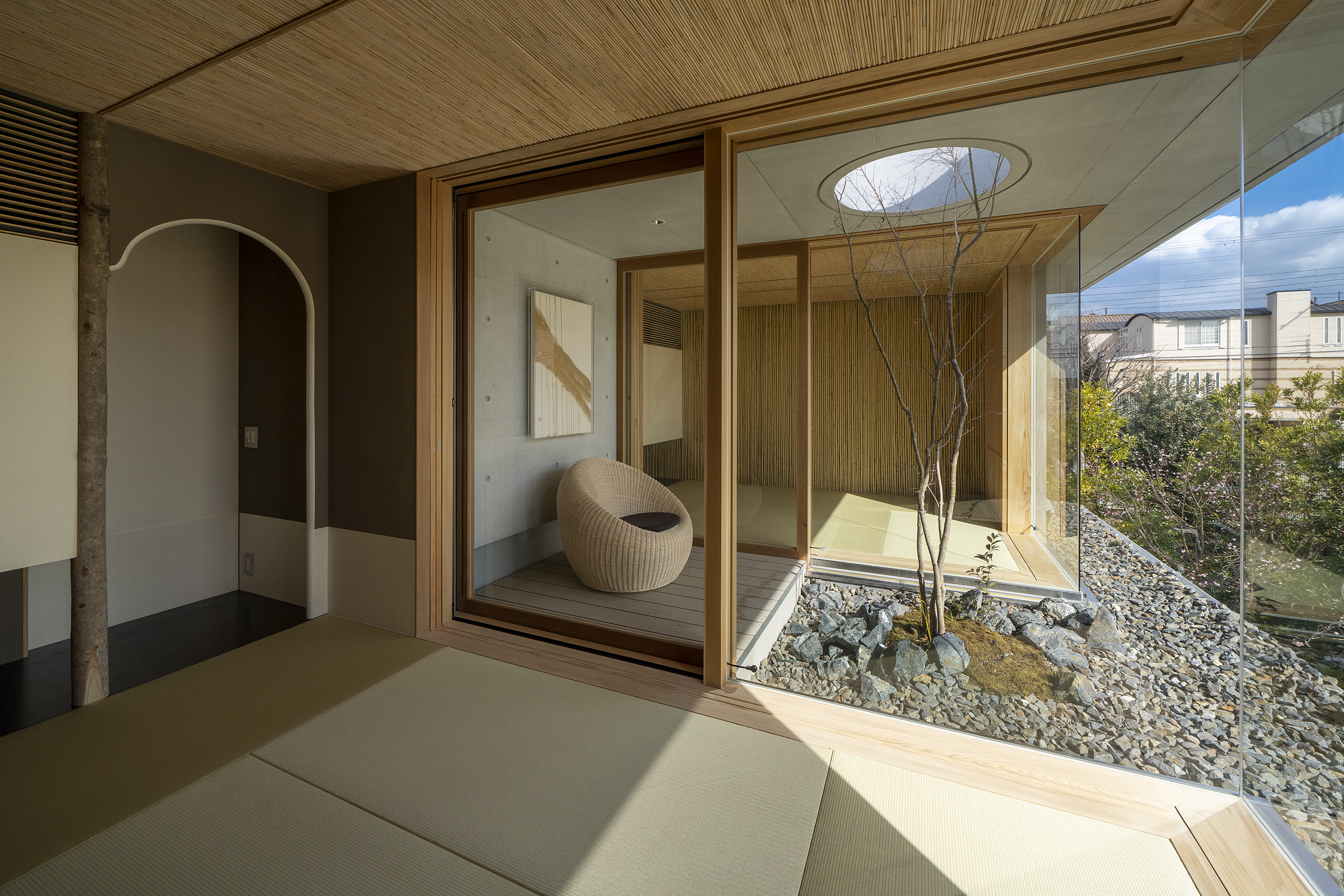
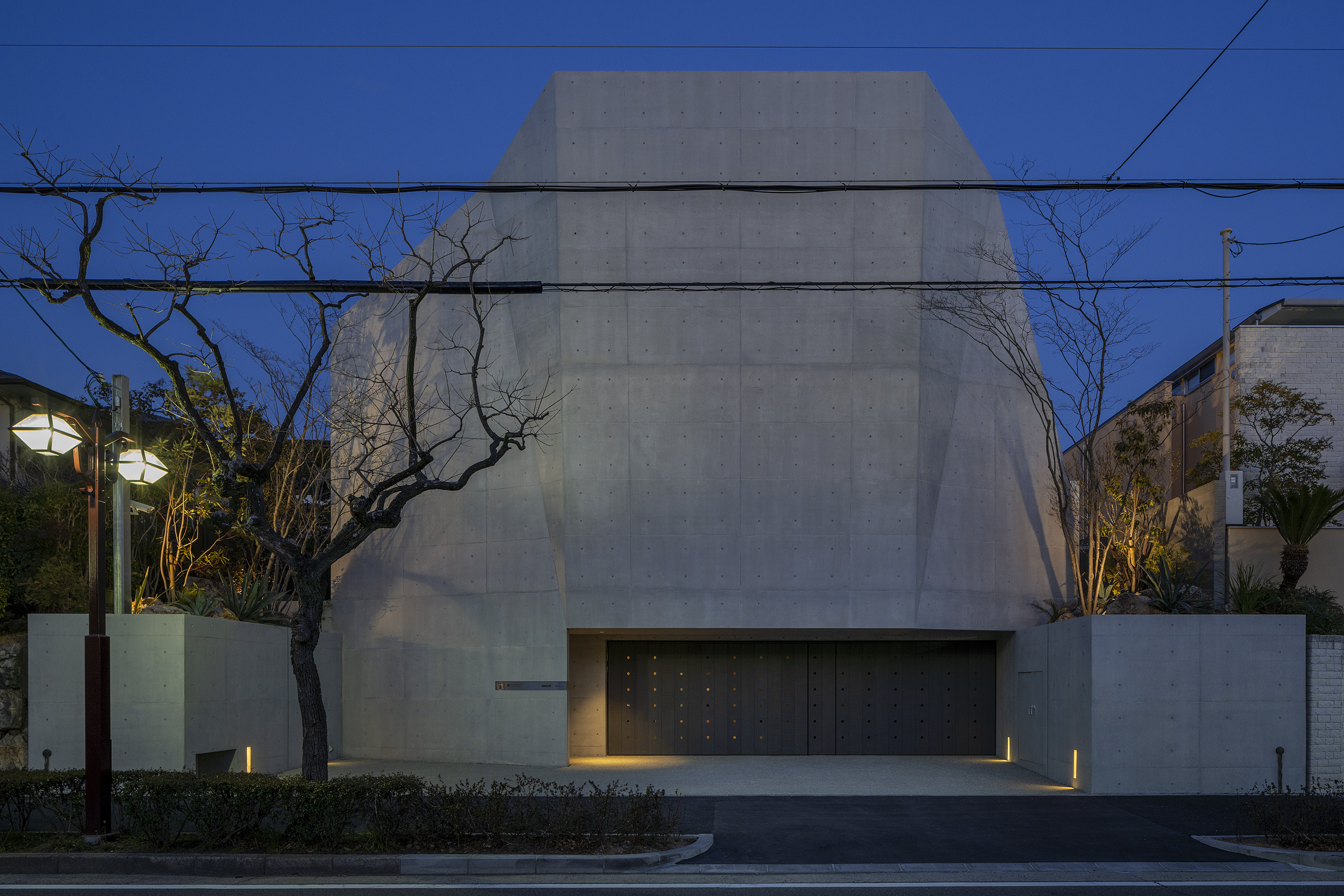

INFORMATION
Wallpaper* Newsletter
Receive our daily digest of inspiration, escapism and design stories from around the world direct to your inbox.
Ellie Stathaki is the Architecture & Environment Director at Wallpaper*. She trained as an architect at the Aristotle University of Thessaloniki in Greece and studied architectural history at the Bartlett in London. Now an established journalist, she has been a member of the Wallpaper* team since 2006, visiting buildings across the globe and interviewing leading architects such as Tadao Ando and Rem Koolhaas. Ellie has also taken part in judging panels, moderated events, curated shows and contributed in books, such as The Contemporary House (Thames & Hudson, 2018), Glenn Sestig Architecture Diary (2020) and House London (2022).
-
 All-In is the Paris-based label making full-force fashion for main character dressing
All-In is the Paris-based label making full-force fashion for main character dressingPart of our monthly Uprising series, Wallpaper* meets Benjamin Barron and Bror August Vestbø of All-In, the LVMH Prize-nominated label which bases its collections on a riotous cast of characters – real and imagined
By Orla Brennan
-
 Maserati joins forces with Giorgetti for a turbo-charged relationship
Maserati joins forces with Giorgetti for a turbo-charged relationshipAnnouncing their marriage during Milan Design Week, the brands unveiled a collection, a car and a long term commitment
By Hugo Macdonald
-
 Through an innovative new training program, Poltrona Frau aims to safeguard Italian craft
Through an innovative new training program, Poltrona Frau aims to safeguard Italian craftThe heritage furniture manufacturer is training a new generation of leather artisans
By Cristina Kiran Piotti
-
 Ten contemporary homes that are pushing the boundaries of architecture
Ten contemporary homes that are pushing the boundaries of architectureA new book detailing 59 visually intriguing and technologically impressive contemporary houses shines a light on how architecture is evolving
By Anna Solomon
-
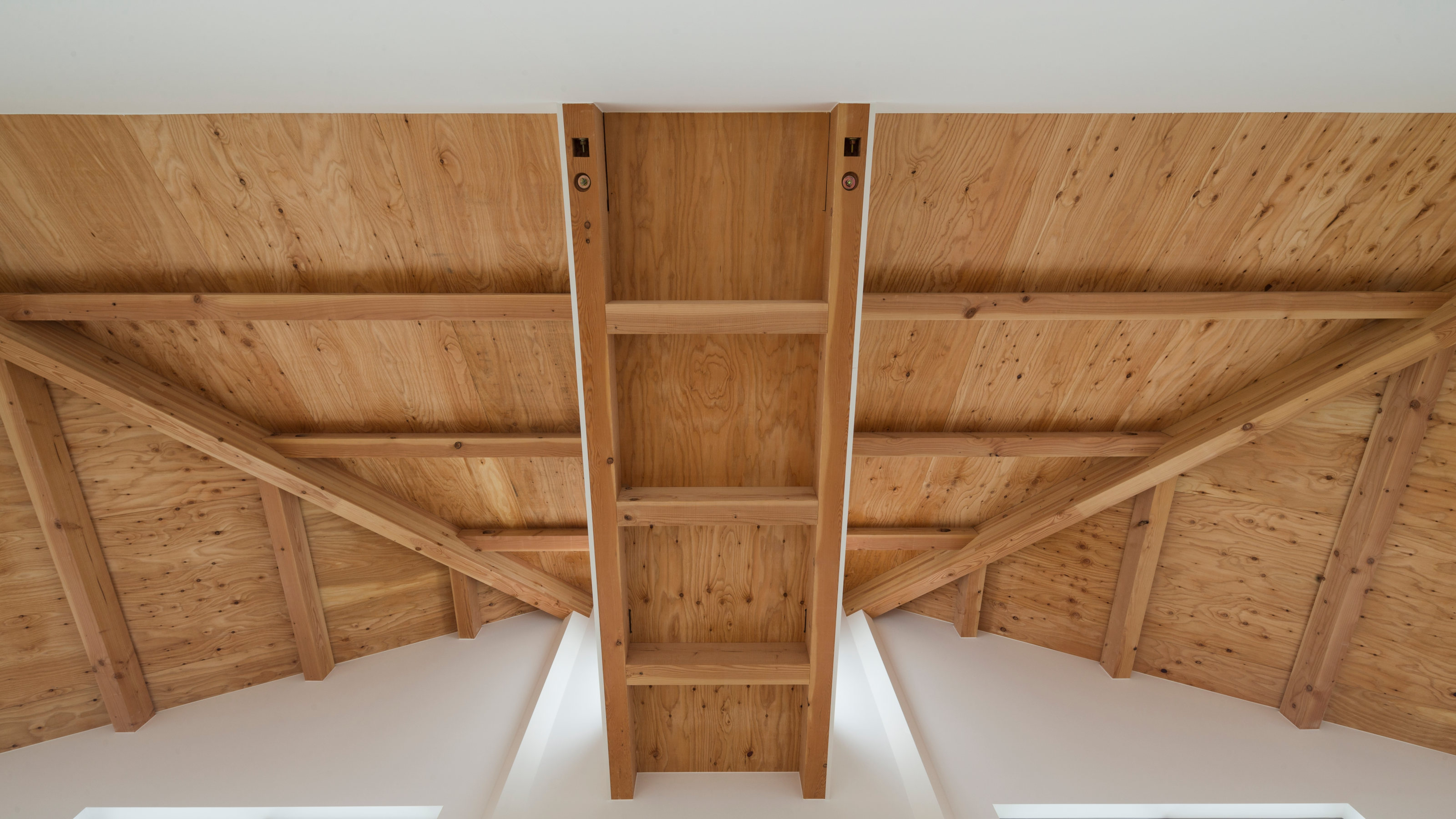 The Kumagaya House in Saitama is a modest family home subdivided by a soaring interior
The Kumagaya House in Saitama is a modest family home subdivided by a soaring interiorThis Kumagaya House is a domestic puzzle box taking the art of the Japanese house to another level as it intersects a minimal interior with exterior spaces, balconies and walkways
By Jonathan Bell
-
 Remembering Alexandros Tombazis (1939-2024), and the Metabolist architecture of this 1970s eco-pioneer
Remembering Alexandros Tombazis (1939-2024), and the Metabolist architecture of this 1970s eco-pioneerBack in September 2010 (W*138), we explored the legacy and history of Greek architect Alexandros Tombazis, who this month celebrates his 80th birthday.
By Ellie Stathaki
-
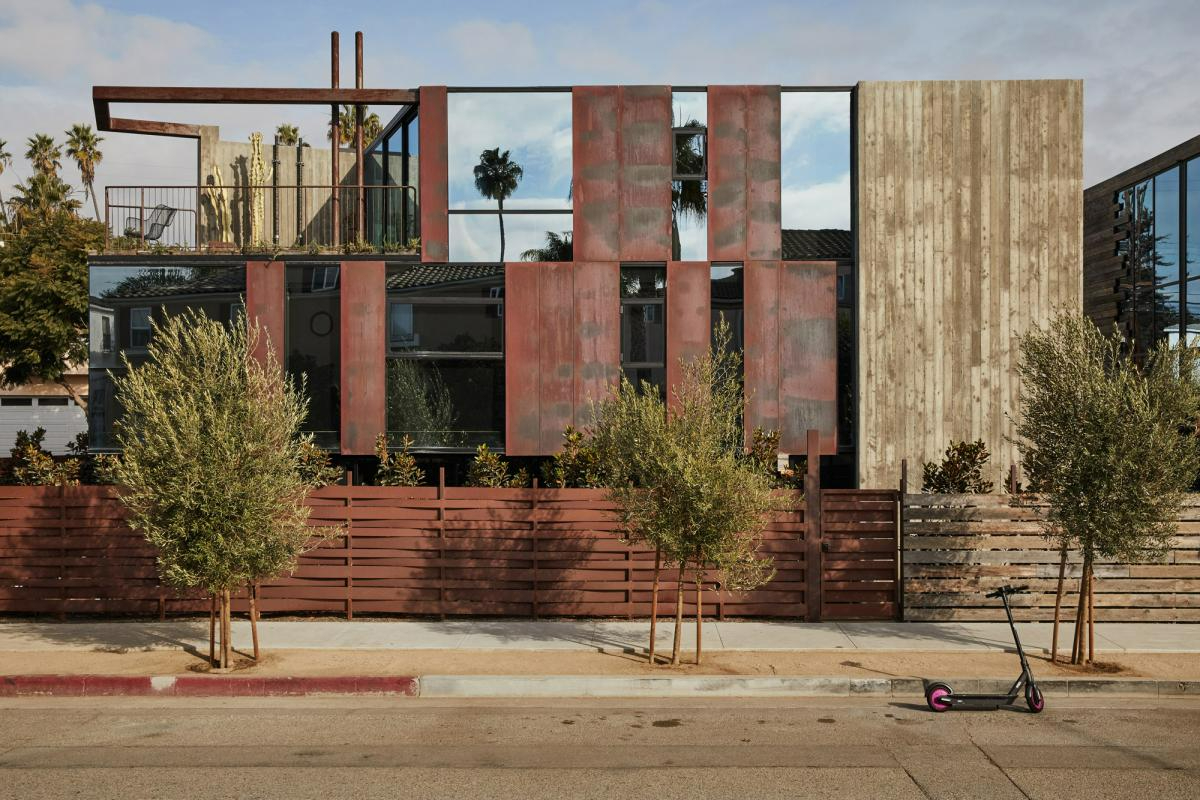 Sun-drenched Los Angeles houses: modernism to minimalism
Sun-drenched Los Angeles houses: modernism to minimalismFrom modernist residences to riveting renovations and new-build contemporary homes, we tour some of the finest Los Angeles houses under the Californian sun
By Ellie Stathaki
-
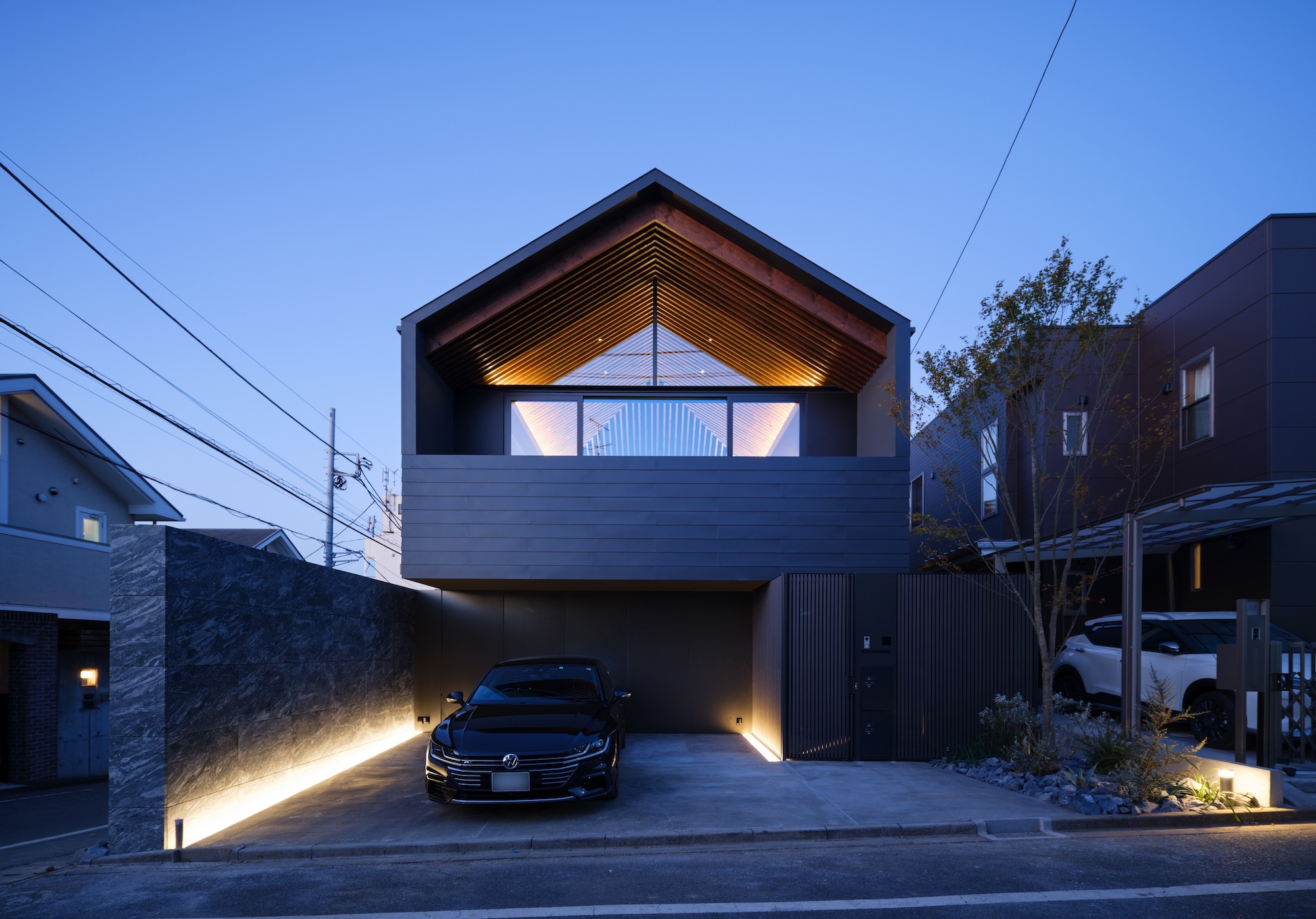 Modern Japanese houses inspiring minimalism and avant-garde living
Modern Japanese houses inspiring minimalism and avant-garde livingWe tour the best Japanese architecture and modern Japanese houses designed by international and local architects that open up possibilities for all types of lifestyle, from minimalist to communal in Japanese architecture.
By Ellie Stathaki
-
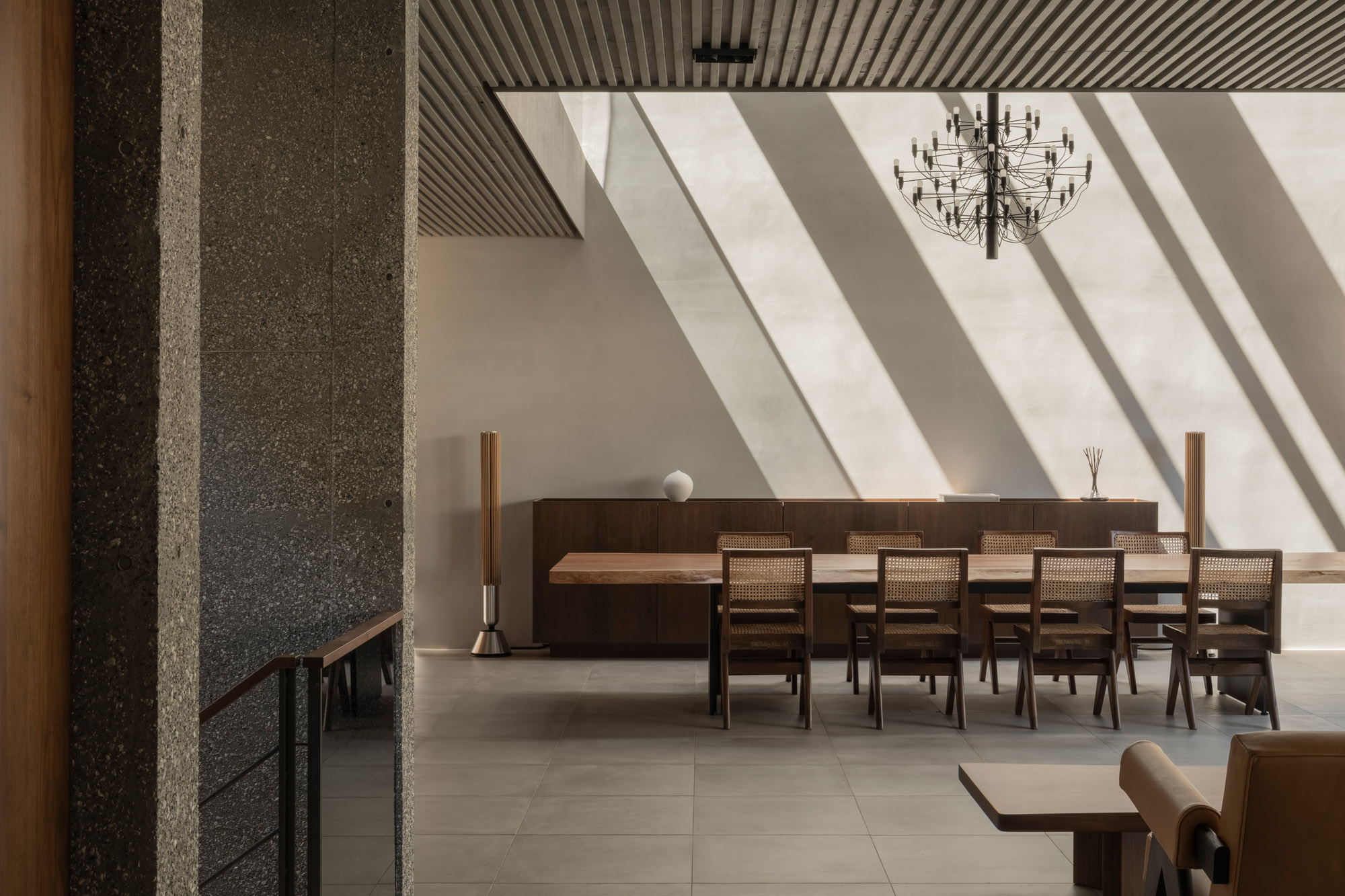 An Aoyama House exemplifies a synergetic architect and client relationship
An Aoyama House exemplifies a synergetic architect and client relationshipA client’s faith in his architect pays dividends in Aoyama House; a light-filled, effortlessly elegant Tokyo home
By Jens H Jensen
-
 Tokyo home Le49Ⅱ brings together drama, domestic luxury and hybrid working habits
Tokyo home Le49Ⅱ brings together drama, domestic luxury and hybrid working habitsLe49Ⅱ by Japanese architects Apollo is a Tokyo home for a young family with hybrid working habits
By Ellie Stathaki
-
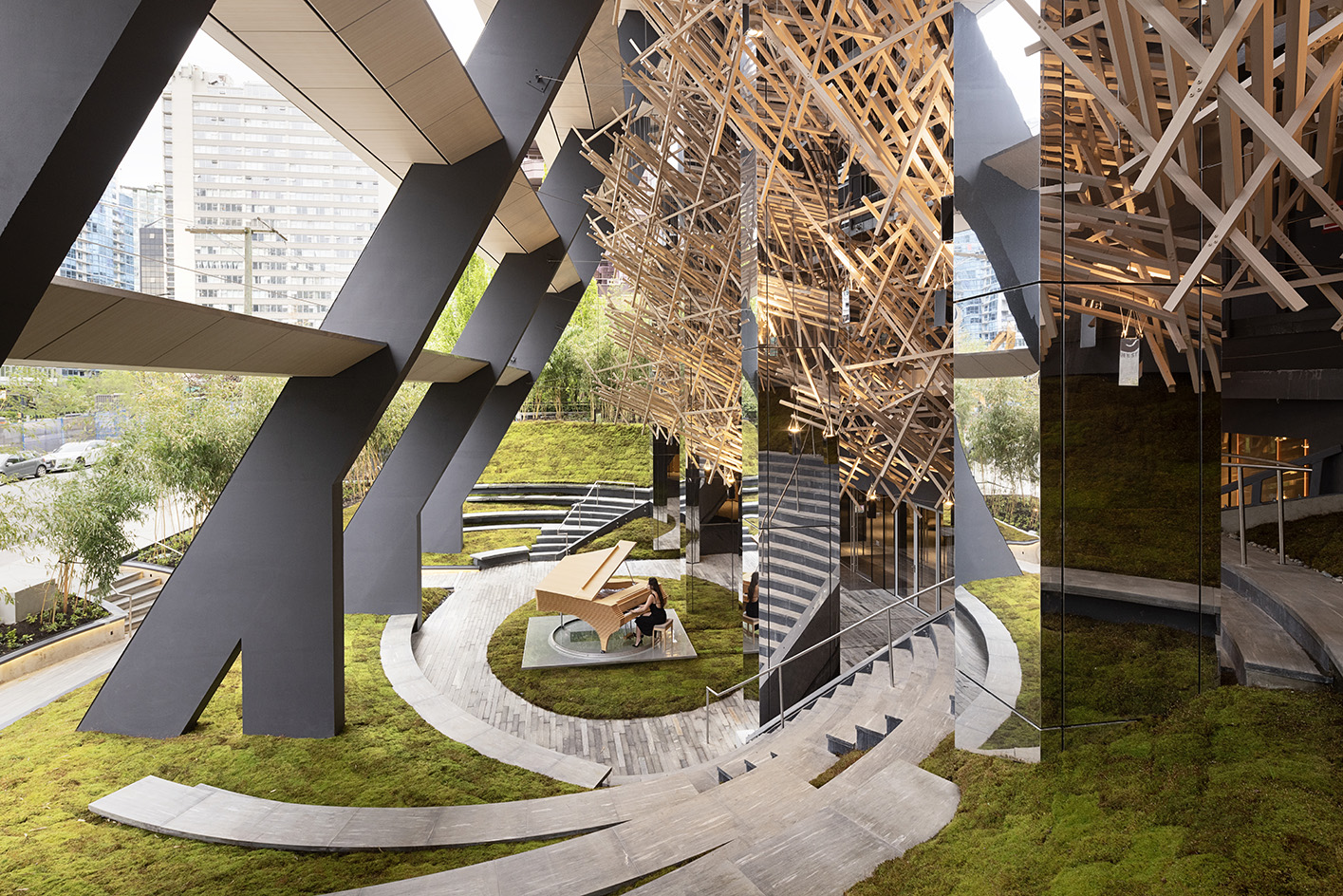 Alberni by Kengo Kuma throws shapes in Vancouver
Alberni by Kengo Kuma throws shapes in VancouverAlberni by Kengo Kuma is completed, showing off its highly crafted, wavy volume in Vancouver, Canada
By Ellie Stathaki